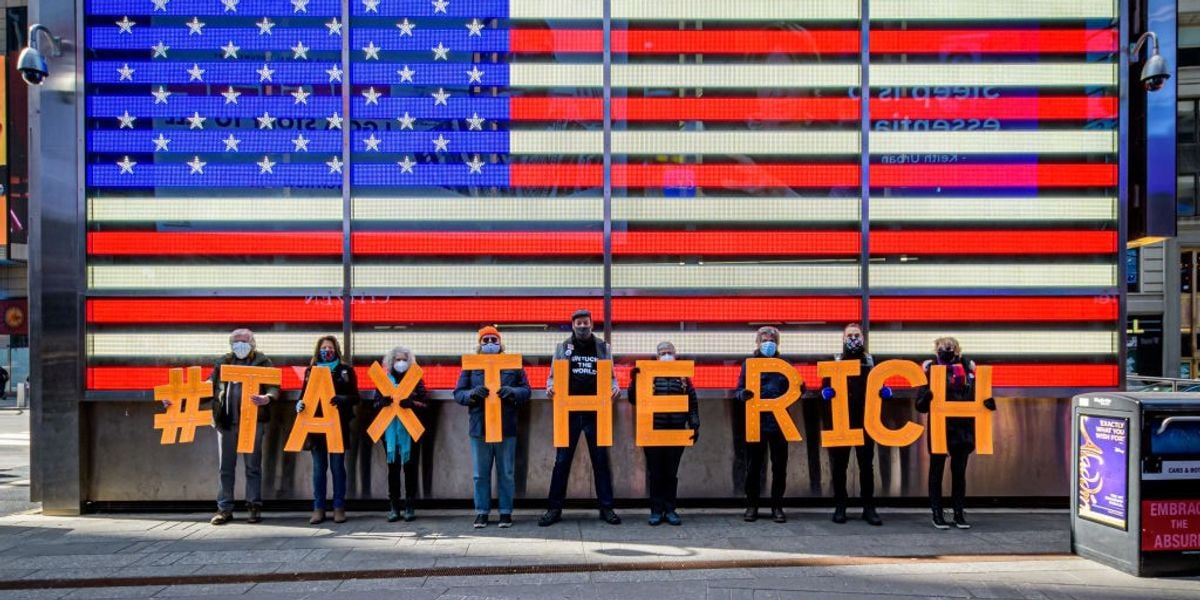“Almost nobody says we should have the richest pay the least. And yet when we look around the country, the vast majority of states have tax systems that do just that.”
Nearly every state and local tax system in the U.S. is fueling the nation’s inequality crisis by forcing lower- and middle-class families to contribute a larger share of their incomes than their rich counterparts, according to a new study published Tuesday.
Titled Who Pays?, the analysis by the Institute on Taxation and Economic Policy (ITEP) examines in detail the tax systems of all 50 U.S. states, including the rates paid by different income segments.
In 41 states, ITEP found, the richest 1% are taxed at a lower rate than any other income group. Forty-six states tax the top 1% at a lower rate than middle-income families.



For those who are too busy to read the article, it is talking about the overall tax burden, counting all taxes imposed by governments at any level, including income, property, and sales taxes. Sales taxes are, by their nature, regressive. They are only assessed on transactions and the poorest people have to spend a higher percentage of their income just to survive.
Flat tax advocates are willfully ignoring how regressive other taxes are, on purpose. By taking the one tax that is easiest to make progressive and flattening it, you guarantee that the tax burden gets shifted downward.